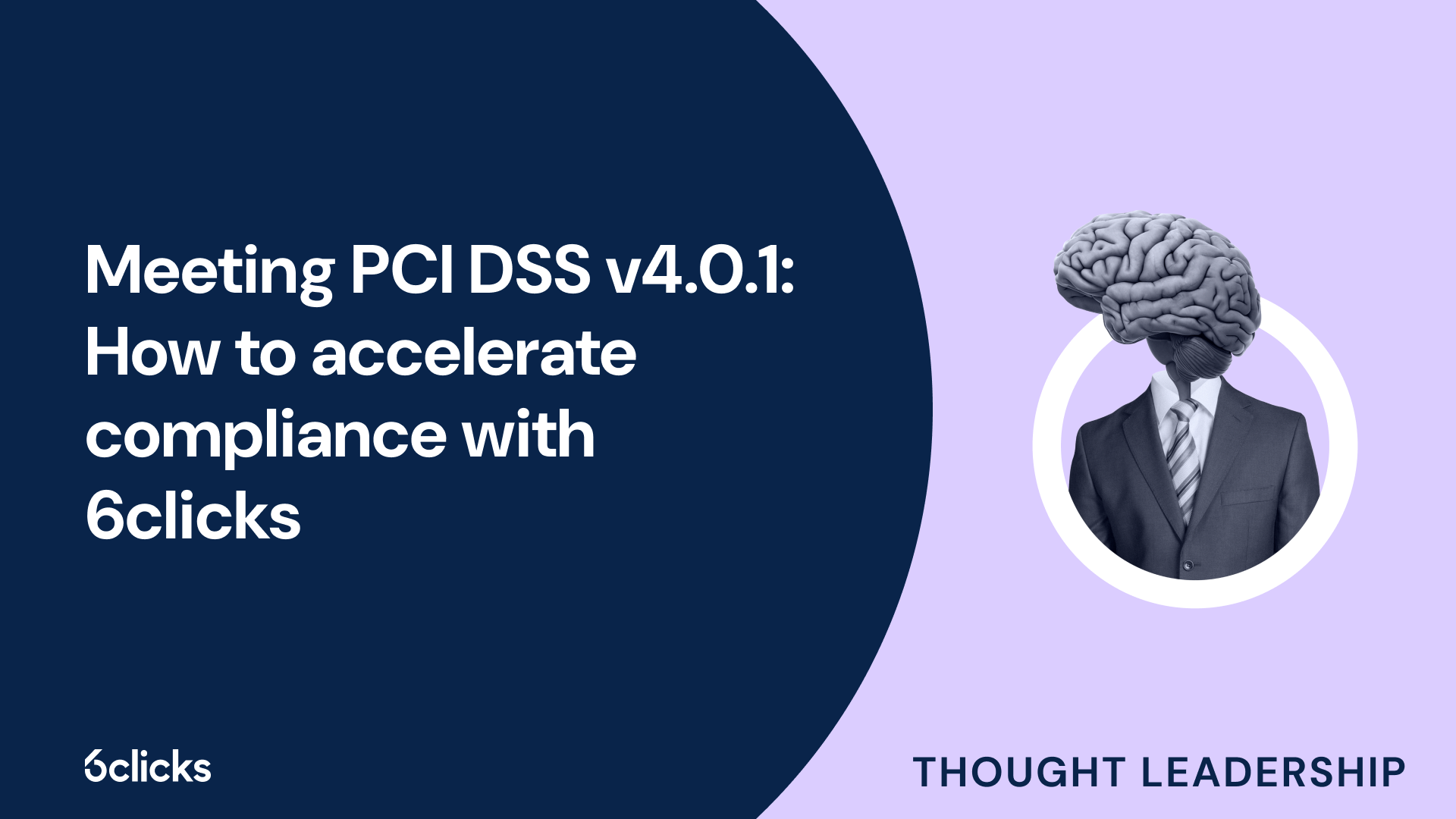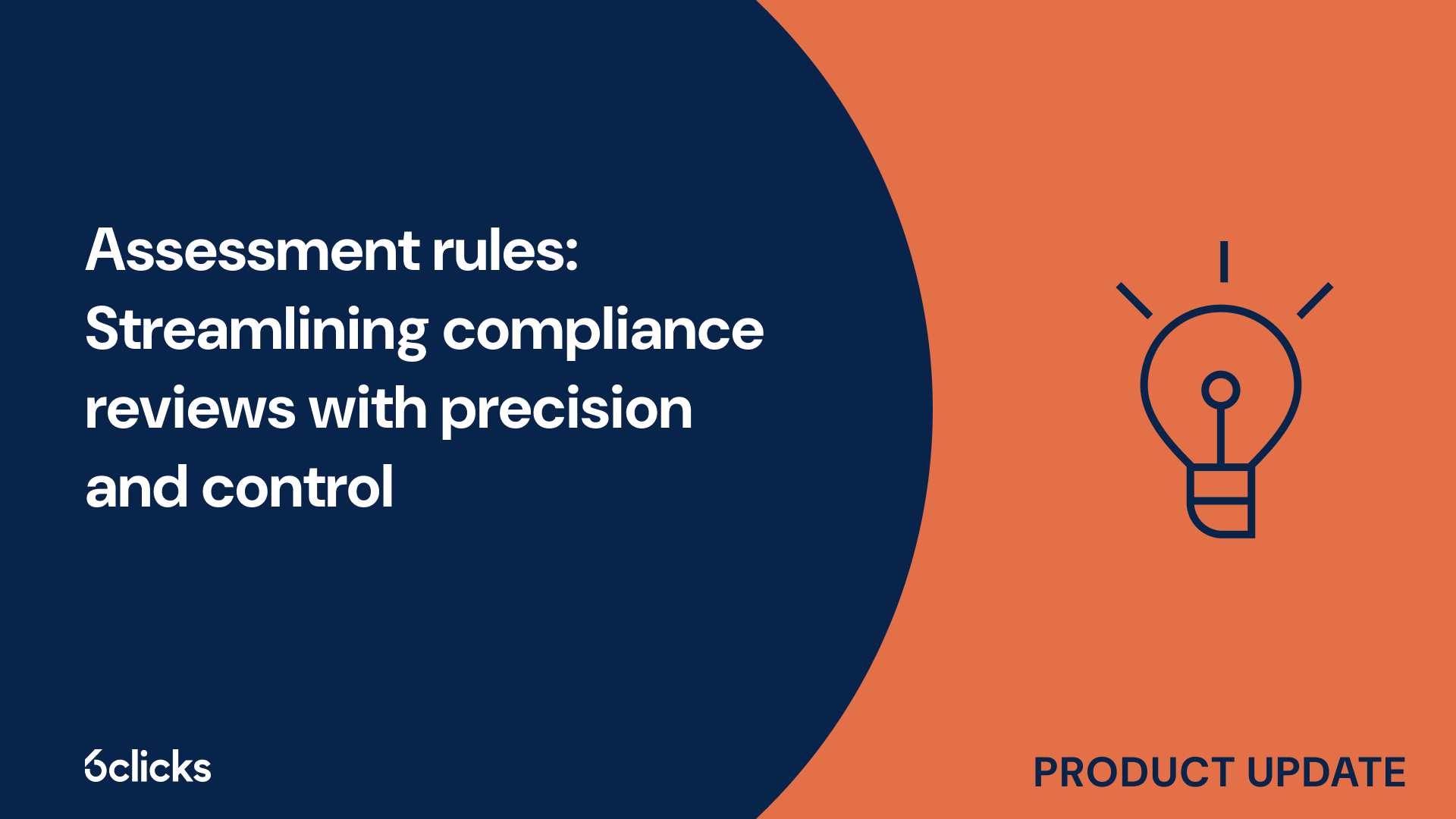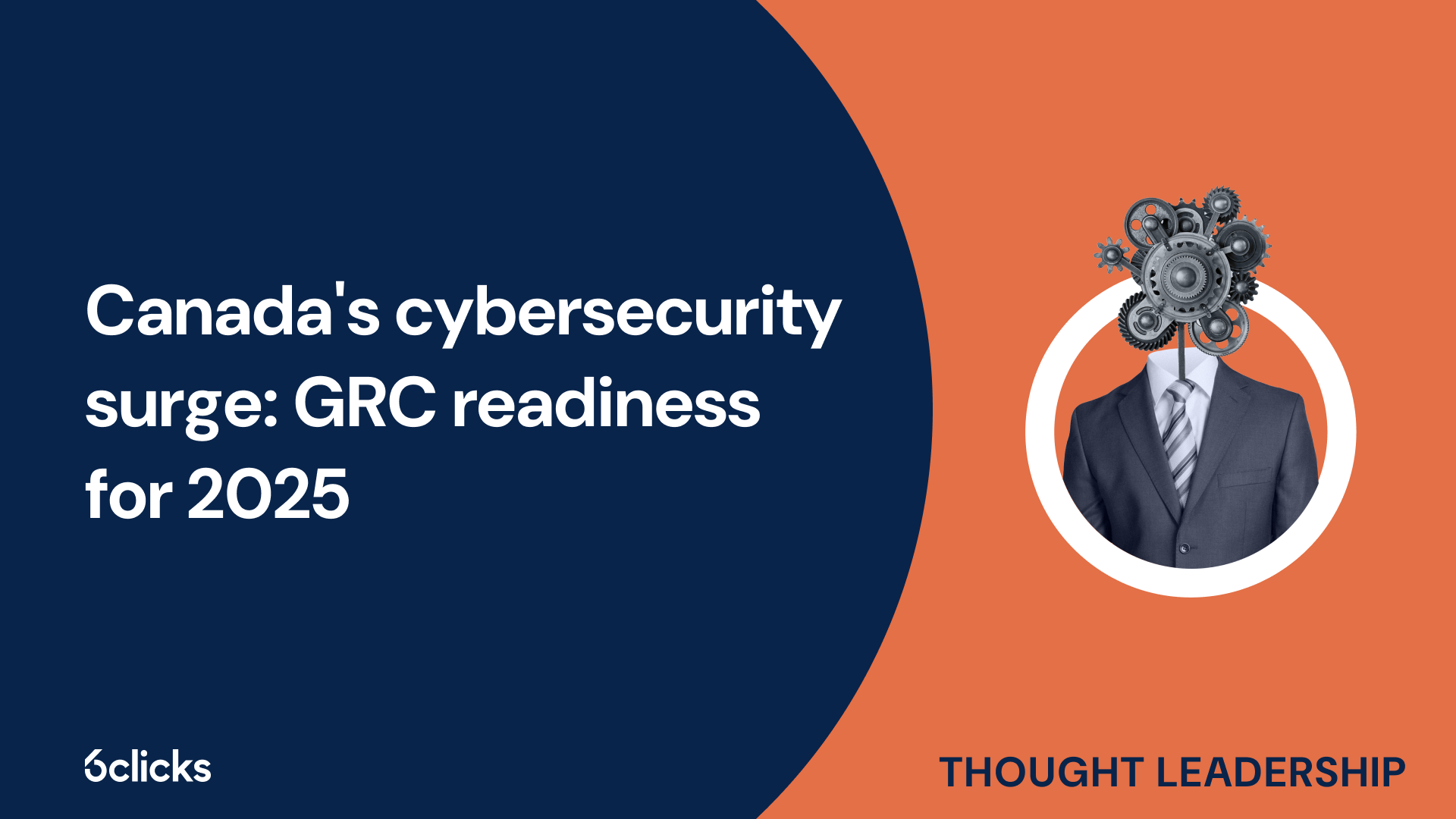The GRC buyer’s guide for 2025: Building resilience with AI-powered, federated solutions
Discover the ultimate GRC buyer's guide for 2025! Uncover how AI-powered, federated solutions transform compliance and security management for industries like government, aerospace, banking, and more. Learn about centralized control, continuous compliance, and advanced cyber GRC capabilities. Download now!
-1.png?width=200&height=249&name=Group%20193%20(1)-1.png)
The GRC buyer’s guide for 2025: Building resilience with AI-powered, federated solutions
What is ISO/IEC 27001?
ISO/IEC 27001 is an international standard that outlines the requirements for creating, implementing, maintaining, and improving an Information Security Management System (ISMS). It provides a structured approach to managing sensitive company information, ensuring its confidentiality, integrity, and availability. The standard helps organizations identify security risks, apply controls, and set up a framework for ongoing improvement. By adhering to ISO/IEC 27001, organizations show their commitment to protecting their own and their stakeholders' information from security threats. It is applicable to any organization, regardless of size, industry, or location, and is increasingly sought after by business partners, regulators, and government agencies as a minimum cybersecurity requirement.
ISO/IEC 27001:2013 and ISO/IEC 27001:2022 Standards
The 2013 version of ISO/IEC 27001 provided a comprehensive framework for establishing, implementing, and maintaining an ISMS, with specific requirements for managing information security risks, protecting assets, and responding to incidents. It laid the foundation for information security best practices, which were widely adopted globally.
The latest version, ISO/IEC 27001:2022, builds upon the 2013 edition with updated requirements that reflect the evolving information security landscape. This 2022 version offers enhanced guidance for managing information security risks, asset protection, and incident response to align with modern cybersecurity needs. Adopting ISO/IEC 27001:2022 enables organizations to demonstrate a proactive commitment to information security, meet regulatory requirements, and strengthen their security posture. Both versions aim to build customer trust and help organizations maintain a competitive edge.
Certification process for ISO/IEC 27001
The certification process involves establishing an ISMS, undergoing an audit by an accredited certification body, and maintaining compliance through regular internal audits. Certification, available for both the 2013 and 2022 versions, confirms that an organization has a robust security management system and is dedicated to protecting sensitive information.
Benefits of certification
ISO/IEC 27001 certification helps organizations establish a strong security program, ensuring the confidentiality, integrity, and availability of information. It demonstrates a commitment to information security and adherence to recognized best practices.
Certification provides a structured approach to managing risks, implementing controls, and improving security over time. This protects sensitive data and builds trust with clients, partners, and regulatory bodies. It also offers a competitive advantage, as many clients and partners require ISO/IEC 27001 certification, with regular audits ensuring ongoing improvement.
Implementation requirements for certification
- Document the scope of the ISMS, outlining its boundaries and applicability.
- Create an information security policy to demonstrate top management’s commitment to protecting sensitive information.
- Establish processes for risk assessment and treatment, documenting methods for identifying, assessing, and addressing risks.
- Ensure documented security objectives are aligned with the organization's business goals.
- Document the competence of personnel involved in the ISMS to ensure they have the necessary skills to manage security controls.
- Provide evidence of monitoring and measurement activities to show the effectiveness of security controls.
Meeting these requirements ensures the organization aligns with international standards, enabling ISO/IEC 27001 certification and demonstrating compliance with industry best practices.
Structure and content of the standard
ISO/IEC 27001 is divided into two main parts: the main clauses (1 to 10) and Annex A. The main clauses cover essential areas such as leadership, risk management, planning, and continuous improvement. Annex A provides a detailed list of 93 security controls that organizations can implement to strengthen their ISMS.
Key clauses include:
- Clause 4: Context of the organization and risk assessment
- Clause 5: Leadership responsibilities
- Clause 6: Risk treatment planning
- Clause 7: Resource allocation and awareness
- Clause 8: Incident management
- Clause 9: Performance evaluation
- Clause 10: Continuous improvement
Annex A: Certification and Accreditation Requirements
- Certification bodies assess and certify organizations for ISO/IEC 27001 compliance.
- Competence and impartiality: Certification Bodies must employ qualified, impartial auditors with expertise in ISO/IEC 27001.
- Audit planning and execution: They must follow a systematic audit process, including scheduling, on-site assessments, and evaluating the ISMS.
- Reporting and certification: After audits, detailed reports with findings and recommendations are provided; certification is granted if requirements are met.
- Accreditation bodies oversee Certification Bodies, ensuring they meet international standards and maintain accreditation through regular assessments.
Overview of ISMS framework
The ISMS framework provides a structured approach to managing and mitigating security risks. It includes policies, systems, and processes that work together to protect sensitive information. The ISMS aims to minimize the impact of data breaches and security incidents by establishing effective cybersecurity controls.
Key elements and concepts of an ISMS
The key components of an ISMS include:
- Policies: Guidelines for managing and mitigating risks.
- Systems: Infrastructure and tools that enforce security controls.
- Processes: Procedures for identifying, assessing, and managing risks.
An ISMS helps organizations protect sensitive information, ensure business continuity, and foster a culture of continual improvement.
What is a security policy?
A security policy is a critical component of an Information Security Management System (ISMS). It sets the guidelines for managing and addressing security risks, ensuring the protection of sensitive information. The main goal of a security policy is to establish clear procedures for protecting information and assets.
Key components typically include:
- Introduction: A summary of the policy’s purpose and scope.
- Policy statement: A declaration of the organization's commitment to information security.
- Roles and responsibilities: Clear definitions of individual roles.
- Risk management process: Procedures for identifying, assessing, and mitigating risks.
- Access control: Measures for controlling who can access information.
- Incident management: Procedures for managing and responding to security incidents.
- Security awareness: Programs to educate employees on security threats.
- Business continuity: Plans to ensure operations continue in case of disruptions.
Developing a security policy requires collaboration among management, IT teams, and legal or compliance experts to align the policy with relevant laws and industry standards.
Key components of a security policy
A well-defined security policy helps protect the confidentiality, integrity, and availability of information within an organization. It typically addresses:
- Confidentiality: Ensuring that only authorized individuals can access sensitive information. Measures like access controls and encryption are often implemented.
- Integrity: Ensuring information remains accurate and unaltered. This involves data validation, checksums, and version control.
- Availability: Ensuring that information is accessible when needed. Backup, recovery plans, and disaster recovery measures are essential.
A strong security policy addresses all three principles, establishing a solid security program and reducing the risk of security incidents.
How to develop a security policy
Creating an effective security policy is a crucial step in protecting sensitive information. A successful policy requires fostering an information security culture within the organization, where all employees understand the importance of safeguarding data.
Key steps include:
- Stay updated on security threats and technology to adapt policies accordingly.
- Regularly conduct risk assessments to identify vulnerabilities and risks.
- Integrate ISO 27001 principles into the organizational culture to raise awareness of security risks.
- Prioritize continual improvement, ensuring the security policy evolves to meet emerging threats.
Summary
ISO/IEC 27001 is an international standard that provides a framework for creating, implementing, and maintaining an Information Security Management System (ISMS) to protect sensitive information. It helps organizations identify risks, implement controls, and ensure ongoing improvement in their security posture. The certification process involves establishing an ISMS, passing an audit by an accredited body, and maintaining compliance through regular reviews. Benefits of certification include enhanced security, regulatory compliance, and increased trust with customers and partners. The standard's structure includes key clauses on leadership, risk management, and performance evaluation, alongside security controls outlined in Annex A.




.jpg?width=302&height=170&name=eBook%20Title%20-%20ISO%2027002%20expert%20guide%20eBook%20(1).jpg)





